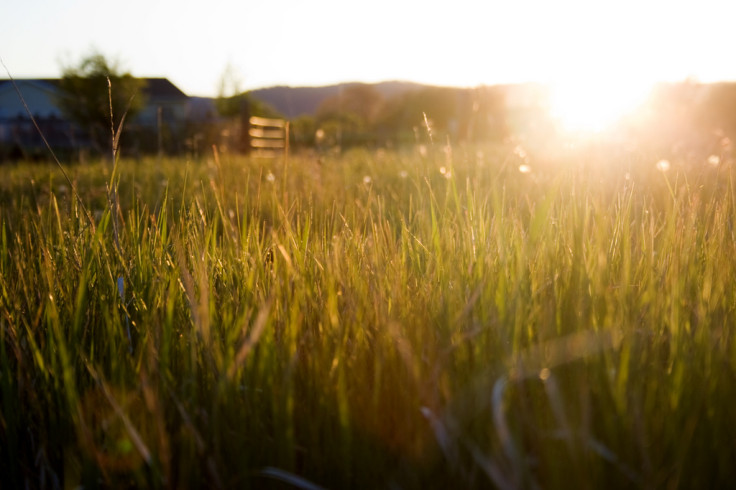Humans changed the patterns of the natural world as soon as we existed

Humans are likely to have disrupted a natural pattern between plants and animals, which existed 300 million years before the first humans, says a new study. The research suggests that most animals and plants existed in pairs with other species, but that completely changed 60,000 years ago, when the first humans came to Earth.
The study says that since humans have existed, certain pairs of plant and animal species that usually exist in the same community have become 'segregated' in their existence. That means to say competition between similar species has become so fierce in modern times that only one remains.
Before 60,000 years ago – when we first arrived on Earth – the opposite occurred. Pairs of species appeared to be 'aggregated', meaning that they lived together, for example, cheetahs and giraffes, who both live and depend on the savannah.
"When early humans started farming and became dominant in the terrestrial landscape, we see this dramatic restructuring of plant and animal communities," explained Nicholas Gotelli, senior author of the study from the University of Vermont. "If human activity has caused the terrestrial landscape to become more island-like, more fragmented, that would be consistent with this pattern of more segregated species pairs."
The team of researchers analysed more than 350,000 pairs of species to come up with their hypothesis, which was published in Nature. Their data contained species from 80 different communities across several continents, covering 300 million years.
Their masses of data showed the pattern of aggregated species was consistent throughout history, up until 60,000 years ago when humans first started farming. They tried to come up with a natural explanation for this change, but there was no evidence that supported it.
"So, we're left with human impacts," said S. Kathleen Lyons, paleobiologist and leader of the research. "We think it's something that humans do that causes barriers to dispersal for both plant and animal species."
The researchers say that if we want to restore ecosystems, or stop climate change, we need to understand what earth was like before humans ever existed.
© Copyright IBTimes 2025. All rights reserved.






















